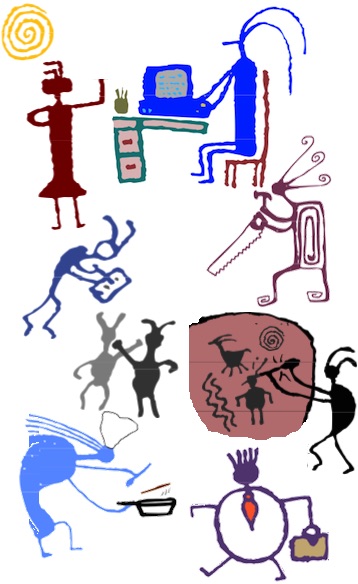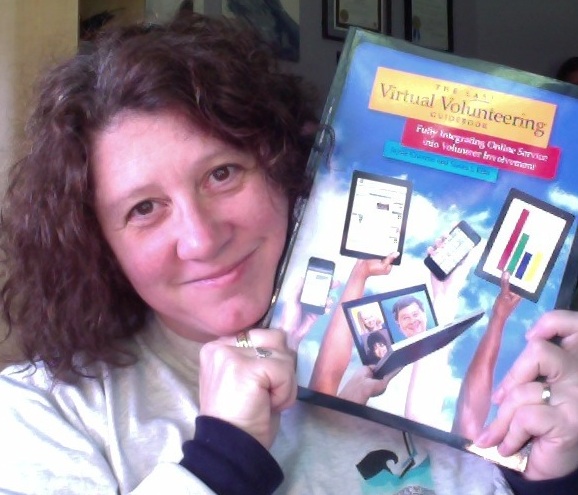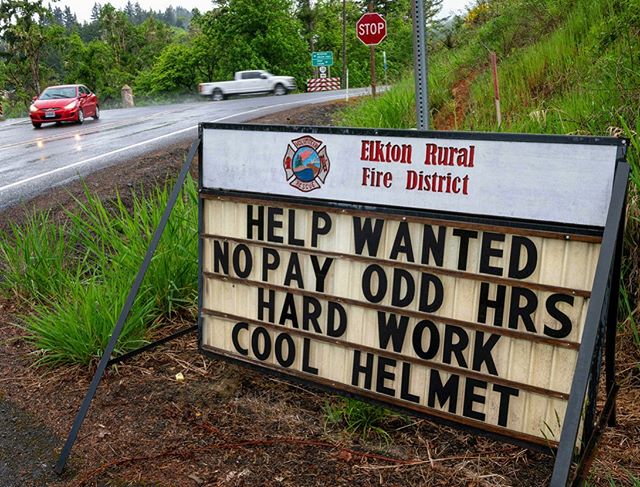
The question will be coming soon, at least in North America: how can I, or my entire family, volunteer to help others during the holidays – Thanksgiving and Christmas – during this pandemic?
First, know that nonprofits, even when there is not a pandemic, are deluged with people looking for a feel-good, heart-warming, short-term volunteering experience that makes them feel like they are helping others, that they can bring along their kids, maybe take some selfies… and some nonprofits are willing to create these opportunities because programs can use them to educate the volunteers about hunger, homelessness, etc. and get some financial donations. But these holiday opportunities fill up QUICKLY. In non-pandemic times, I advise potential volunteers to look for holiday volunteering opportunities in the summer because these roles fill up so quickly.
What’s the landscape like during the pandemic for holiday volunteering, especially with a family? Even smaller, in terms of opportunities.
If you want to volunteer during the holidays, onsite rather than online, your best bet is to focus on local Meals on Wheels programs and food banks, and to be flexible with many different days and times you are available in November and December. Look into requirements to volunteer NOW – the web sites of various programs should have complete details. If you can volunteer for more than one day, all the better – it’s a lot of investment to train and screen volunteers, and it’s much easier to involve volunteers who will come a few times, not just once.
You can also start taking inventory of your own immediate neighborhood. Do you know who your neighbors are? Do you know their Thanksgiving plans? In talking to your neighbors (socially-distanced and with a mask, of course), do you find any that will be alone for Thanksgiving? Would they be open to your bringing them a Thanksgiving Day meal, or a meal on some other day? What about making five chicken pot pies or some other thing that can be homemade and frozen and giving them to neighbors to use/eat whenever they want to? Or some bags of groceries (including toilet paper)? People who are far from family, who live alone – some are elderly, some are foreign students, and on and on – are probably all around you.
Is there a church, temple or mosque nearby, and would they be able to match you with a family or a single person in need that would welcome a meal or bags of groceries? This will probably be done anonymously – you probably won’t get to meet the family unless you are already a member of that community of faith.
What about neighbors that have dogs – are there any that have trouble walking their dog and would welcome you and your family walking their dogs some days over the holidays?
Do you have neighbors who are homebound – elderly, people living in a home for people with disabilities, etc. – who would enjoy chalk art drawings on the sidewalks outside their homes?
I’m really good at creating volunteering opportunities that are skills-based and project-based, that are about more sustainable results, not so much charity. But charity is what most volunteers want to do over the holidays. So, the above are my ideas. What are yours? What are you planning to do over the holidays to volunteer safely during the pandemic? Please offer ideas in the comments below.
More: Volunteering in the time of the novel coronavirus/COVID-19

If you have benefited from this blog or other parts of my web site and would like to support the time that went into researching information, developing material, preparing articles, updating pages, etc. (I receive no funding for this work), here is how you can help.




